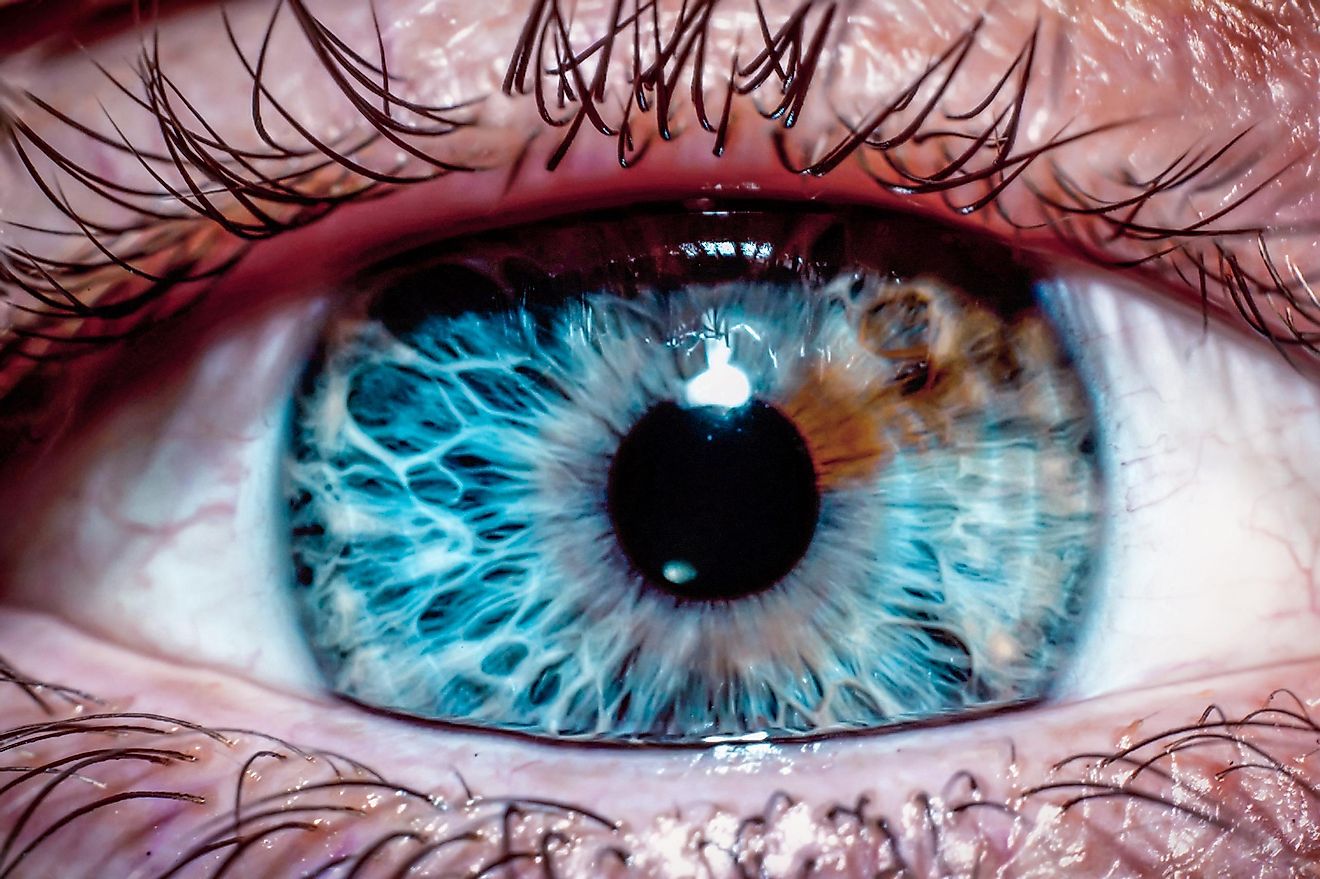The Dilophosaurus: Extinct Animals of the World

The Dilophosaurus dinosaur lived during the early Jurassic period about 193 million years ago. The remains of Dilophosaurus were found in the Kayenta formation in Arizona and China by Sam Welles who named it Dilophosaurus meaning 'the double-crested lizard.'
Discovery
In the summer of 1942, Sam Welles discovered the first specimens of the Dilophosaurus in the Kayenta formation in Arizona. Welles named the two specimens found Megalosaurus wetherilli in 1954. The specific name 'wetherilli' was given in honor of John Wetherill, who had explored the area of the discovery. In a quest to determine the period in which the bones were dated, Welles returned to the same formation in 1964 only to find a new specimen close to the location of the first discovery. Due to the double-crests on the new skeleton, it became evident to Welles that the creature was very different from Megalosaurus. He gave the new genus name, Dilophosaurus, to the creature in 1970. The name Dilophosaurus was obtained from the Greek words ‘di’ (two), ‘lophos’ (crest), and ‘sauos' (lizard). Evidence strongly suggests that the two specimens were juveniles.
Description
Dilophosaurus weighed about 400 kilograms and was about 23 feet long. The Dilophosaurus had 18 dental teeth and 12 maxillary teeth. The teeth were long with a small base and expanded basally. In the tip of the upper jaw, the teeth were smaller in size compared to the rest of the teeth. Like the piscivorous spinosaurid dinosaurs, Dilophosaurus had a notch behind the first row of teeth that gave it a crocodile-like appearance. The existence of the notch was due to a weak connection between the maxillary and premaxillary skull bones. The lower limbs of Dilophosaurus were longer on the upper side than on the lower side. Dilophosaurus had unique anatomical features that can be used to distinguish it. These features include a thickened dorsoposterior rim of the lacrimal bone, cervical vertebrae with neural spines that have a distinct central cup, and anterior and posterior shoulders. Other unique features include a scapular blade with squared distal expansion and paired nasolacrimal crests that extend vertically from the skull roof. Each of the nasolacrimal crests had fingerlike projections on the posterior side.
Cranial Crests
The extensions of the lacrimal and nasal bones make up two rounded crests on the Dilophosaurus crest. This formation is probably the most distinguishing feature of the Dilophosaurus. Scientists have speculated over the significance of these cranial crests for many years. The delicate nature of the crests seems to suggest that they were primarily used for display purposes, although in other dinosaurs they were traditionally used for attracting mates and fighting potential predators from other species. However, phylogenetic, histological, and functional evidence suggests that the most likely use for the crests was intra-species recognition.
The Dilophosaurus in Popular Culture
Dilophosaurus is featured in the novel Jurassic Park and its movie adaptation. It is depicted as a venomous creature spitting poison into its enemy’s eyes to blind and paralyze them. In the Jurassic Park film, the Dilophosaurus is depicted as having a frill neck, much similar to the one of the frill-necked lizard. Due to lack of evidence, it is not known whether the venom spitting and frill neck were characteristics of the Dilophosaurus, but they were approved as artistic license by Crichton. The size of the Dilophosaurus is also reduced in the film to 3 feet tall and 5 feet long to distinguish it from the Velociraptor.











